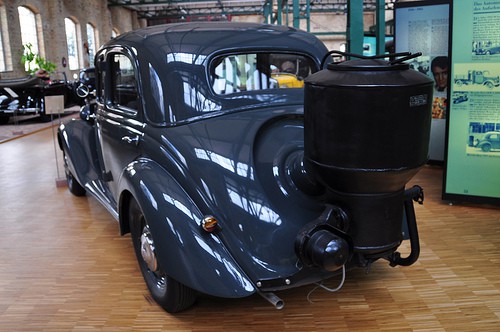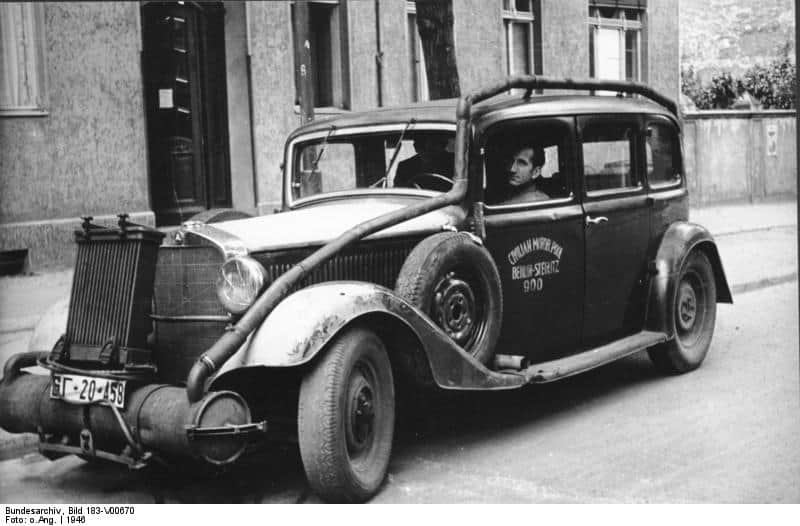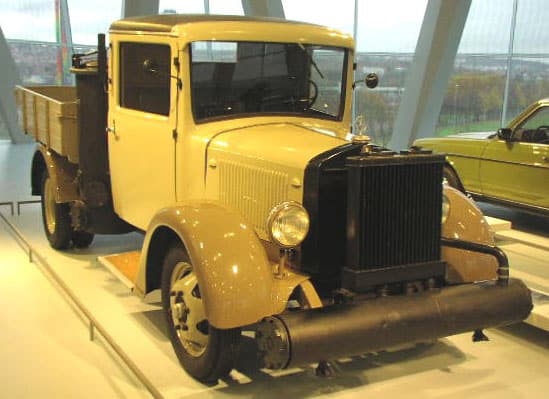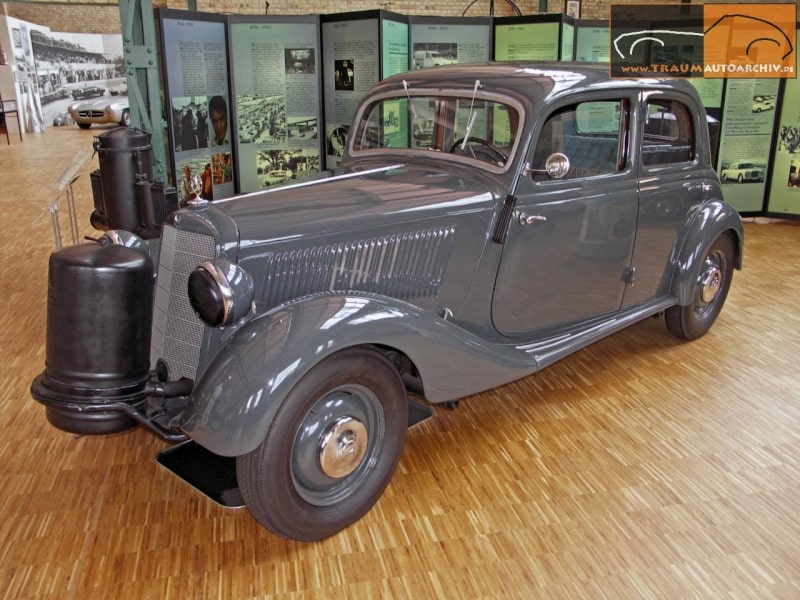Mercedes Gasified Cars
Mercedes gasified cars were first developed during the Second World War as an alternative to gasoline-powered engines. These cars used a fuel known as producer gas, produced by heating coal or wood in a limited air supply. This process created an explosive and relatively clean-burning mixture of gases to power internal combustion engines. As a result, these cars became increasingly popular among military forces during the war, when petrol shortages threatened traditional engine technology.
Mercedes appears in history around 1926 under Daimler-Benz, but its origins seem to go back to the Daimler-Motoren-Gesellschaft’s 1901 Mercedes and Karl Benz’s 1886 Benz Patent-Motorwagen. Mercedes-Benz’s slogan is “Das Beste oder nichts” (English: “The best or nothing”). So one would imagine the gasified cars were no different.
In September 1943, Daimler-Benz introduces a wood gas generator for the 170 V passenger car. It weighs only 70 kg, costs 800 Reichsmarks, can be installed in one day and gives the car a range of 100 to 130 kilometres on one 24-kg load of charcoal. By November 1944 more than 6400 units are produced at the Gaggenau plant.
1943 Mercedes fitted with gasifier, from museum in Ladenburg, Germany.

Mercedes with gasifier from a museum in Holland


The 1937 Mercedes Benz L1500 truck utility fitted with a gasifier.

